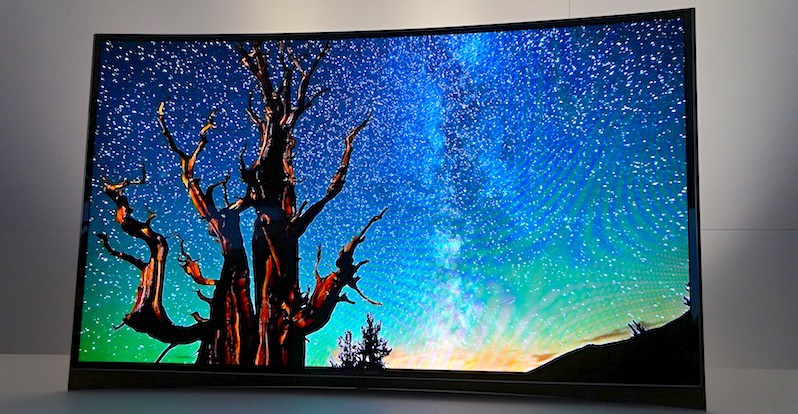For years, big-shot TV brands have been enticing people by its ‘innovation’ in TV technology. This innovation — the OLED TV — promises superior picture quality and slimmer design.
People patiently waited for this technology until, in 2013, the very first OLED TVs hit the stores. The promise of superior picture quality and slimmer design was confirmed to be true; however, beyond that, the waiting game for the OLED TV proved to be just an overrated hype.
Yes, because OLED TVs do not have backlights, they are considerably thinner and lighter than the LCD and plasma TVs. Yes, because the OLED TVs can emit light directly, angles of viewing are quite wider. And yes, because OLED TVs have response times of less than 0.01 milliseconds, they can essentially waive the blurs off the screen.
But other than that, what can we possibly get from OLED TVs?
For a steep price of up to $17000, you can get an OLED TV which has a short life span. Due to a problem with the blue pixel of OLED TVs, color balance of the TV is affected. But people need not to worry. Major brands have supposedly fixed this problem. Unfortunately, no one now can prove it yet, until the issue is actually tested in the long run.
In addition, OLED TVs are only made to have 55inch screens. Other screen dimensions are said to be ‘currently difficult to manufacture.’ A 55inch screen is cool; however, with OLED TVs, not so much. OLED TVs are prone to screen burn. So after long hours of watching, you may one day stumble upon a $17000 broken TV in your room. Not so great.
But enough with the pros and cons. Let’s talk what’s in between.
OLED TVs also have a feature that no other TVs have. They can be curved. This curved design is both a good thing and a bad thing. This curved style is a good thing because it is supposedly developed to enhance the viewer’s experience in watching. It is said to provide depth to the display, thereby providing a more life-like viewing. It is also said to deliver a panoramic effect and greatly reduce screen edge visual distortion as well as loss of detail. On the other hand, a curved design is a bad thing because it eliminates the option to wall-mount the TV. Also, it may be just a clever gimmick to boost the sales of the product.
Bottom line, I think that unless OLED TVs have been enhanced close to perfection with proven claims and results, it will generally be a thumbs down. Are you crazy about OLEDs? Let us know!








